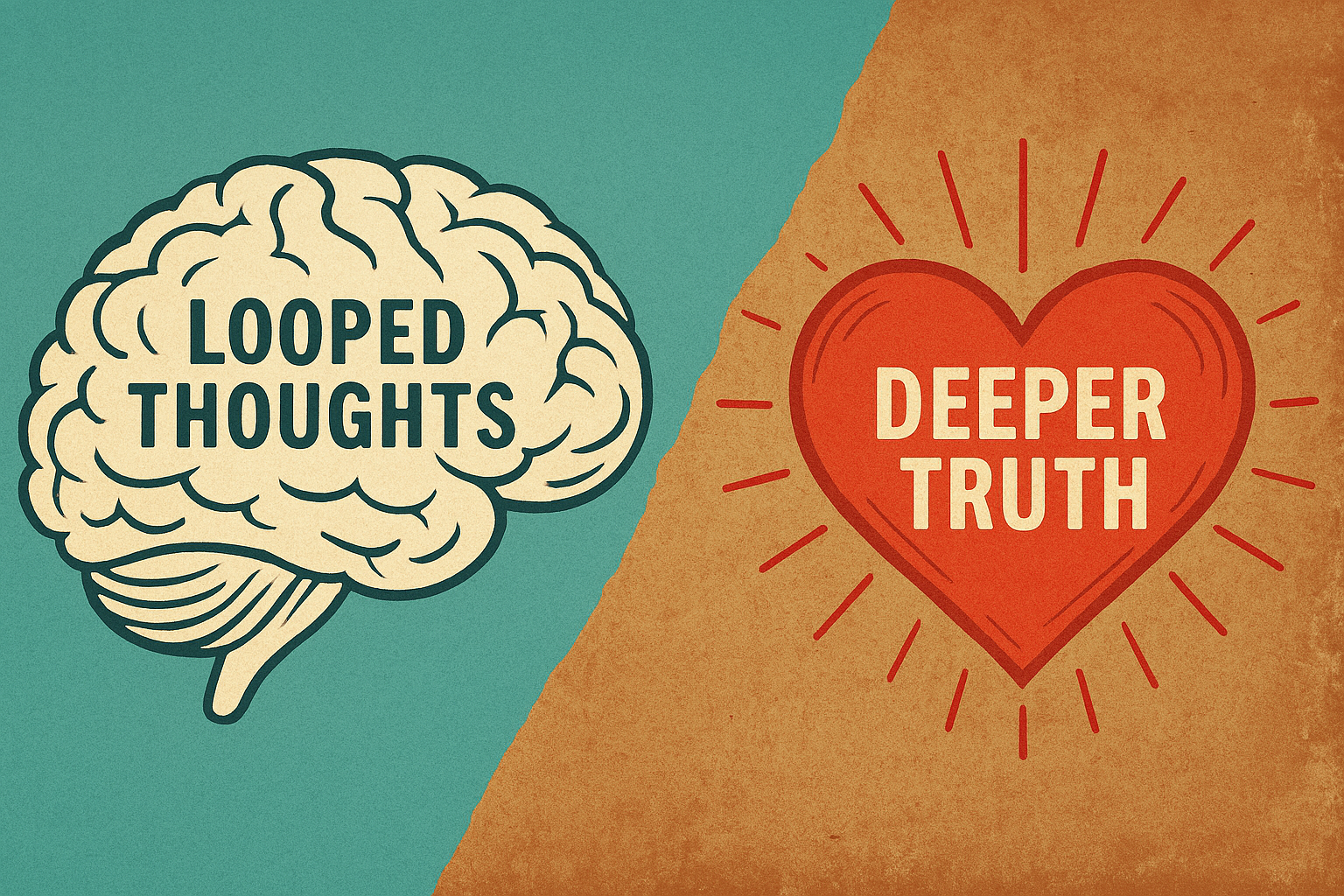In the quiet corners of our mind, a subtle drama unfolds daily. It’s not the external chaos of the world that disturbs our peace—it’s the stories we tell ourselves about it. These internal narratives, often built on repetition rather than truth, become the scaffolding of our reality. And the brain? It’s a loyal architect. It doesn’t care if the blueprint is flawed—it builds anyway.
The Brain’s Blind Faith in Repetition
Neuroscience has shown us that the brain is a pattern-recognition machine. It wires itself based on repeated thoughts and experiences, regardless of their accuracy. If we continually tell ourselves we’re not good enough, that the world is unsafe, or that others are out to get us, our brain will accept these as facts. These thoughts become embedded in our neural network, influencing our behavior, decisions, and emotional responses.
But here’s the catch: many of these thoughts are not born from truth. They’re born from interpretation—often distorted by fear, past trauma, or cultural conditioning. The brain doesn’t fact-check. It simply obeys.
Beneath the Surface: The Stories We Defend
Much of what drives our behavior lies beneath conscious awareness. These are the emotional superstructures—beliefs and assumptions layered over events that may never have happened. We react to imagined slights, defend fabricated identities, and cling to narratives that serve only to reinforce our limitations.
This internal propaganda becomes our reality. We fiercely defend it because it feels familiar, even if it’s painful. It’s the comfort of the known over the uncertainty of truth.
Cultural Conditioning and the Social Media Mirage
Our thoughts don’t exist in a vacuum. They’re shaped by the cultural attitudes we absorb from family, society, and media. These influences teach us who to trust, what to fear, and how to define success. They also shape our responses to people who are different from us—often in ways that reinforce division rather than understanding.
Social media has further blurred the line between truth and manipulation. Algorithms feed us content that confirms our biases, making it harder to distinguish between what we genuinely believe and what we’ve been conditioned to accept. The heart may whisper a deeper truth, but the noise of digital influence often drowns it out.
The Power of Heartfulness
To be heartful is to step beyond the mind’s imagination of reality. It’s to enter a field of consciousness where truth isn’t constructed—it’s felt. The heart knows our inner conflicts. It sees through the illusions and invites us to live authentically.
Heartfulness is not about ignoring the mind. It’s about integrating it with the wisdom of the heart. When we do this, we begin to dissolve the lies we’ve told ourselves. We stop reacting from fear and start responding from love.
Rewiring with Scalar Heart Connection
Scalar Heart Connection is a transformative tool designed to guide us through the maze of subconscious beliefs. It helps us identify the limiting patterns that keep us stuck and reconnect with the desires of the heart—free from the “musts” and “should ofs” imposed by society.
By tuning into the heart’s frequency, Scalar Heart Connection allows us to rewrite our internal narrative. It’s not about erasing the past—it’s about reinterpreting it through the lens of compassion and truth. This process opens the door to joy, authenticity, and a life aligned with our deepest values.
Becoming Who We Truly Are
The journey from mind to heart is not linear. It’s a spiral of awareness, healing, and growth. As we learn to question our thoughts, challenge our assumptions, and listen to the heart, we begin to reclaim our power. We stop creating problems in our head and start creating possibilities in our life.
In the end, the most radical act of self-love is to believe in a truth that liberates rather than confines. And that truth lives not in the stories we repeat, but in the quiet knowing of the heart.

